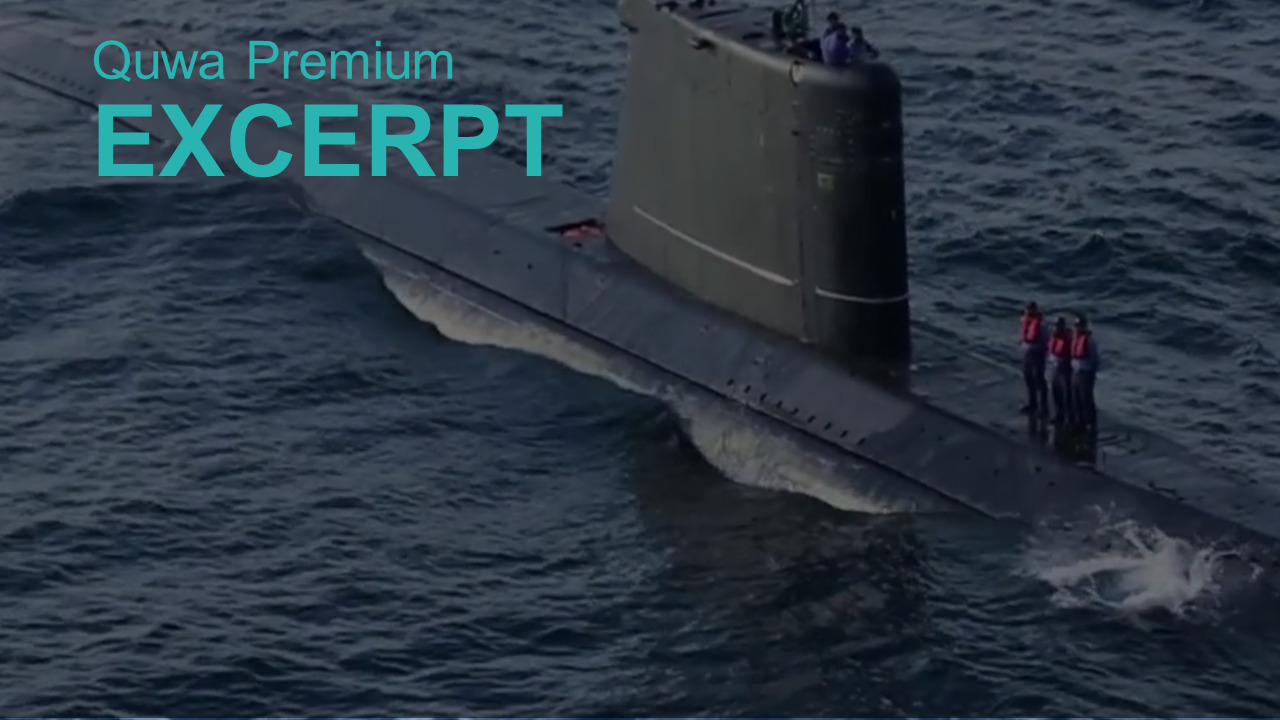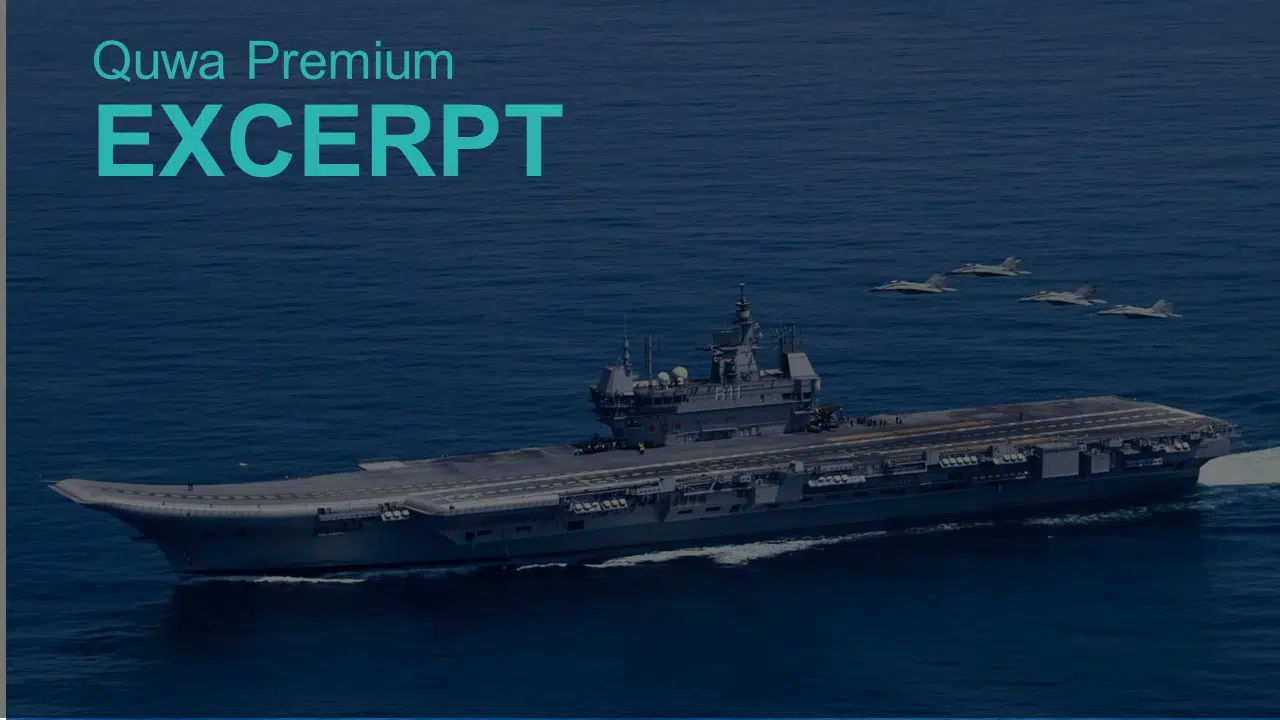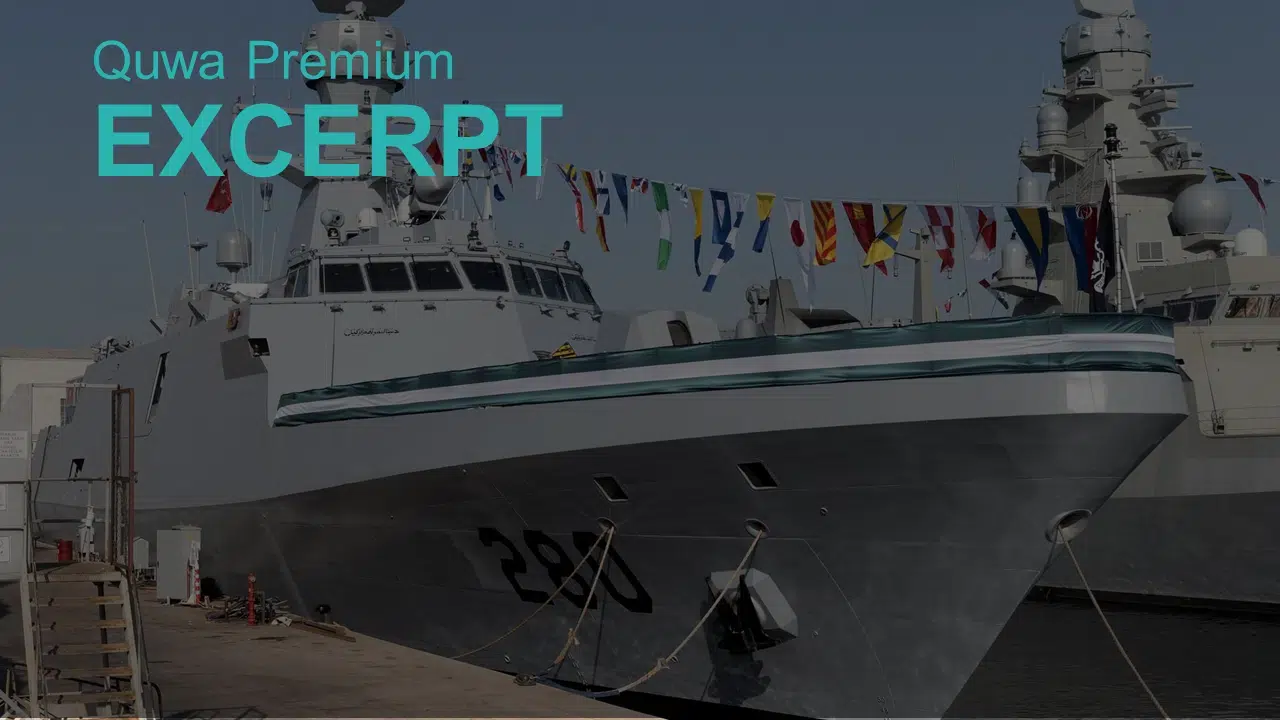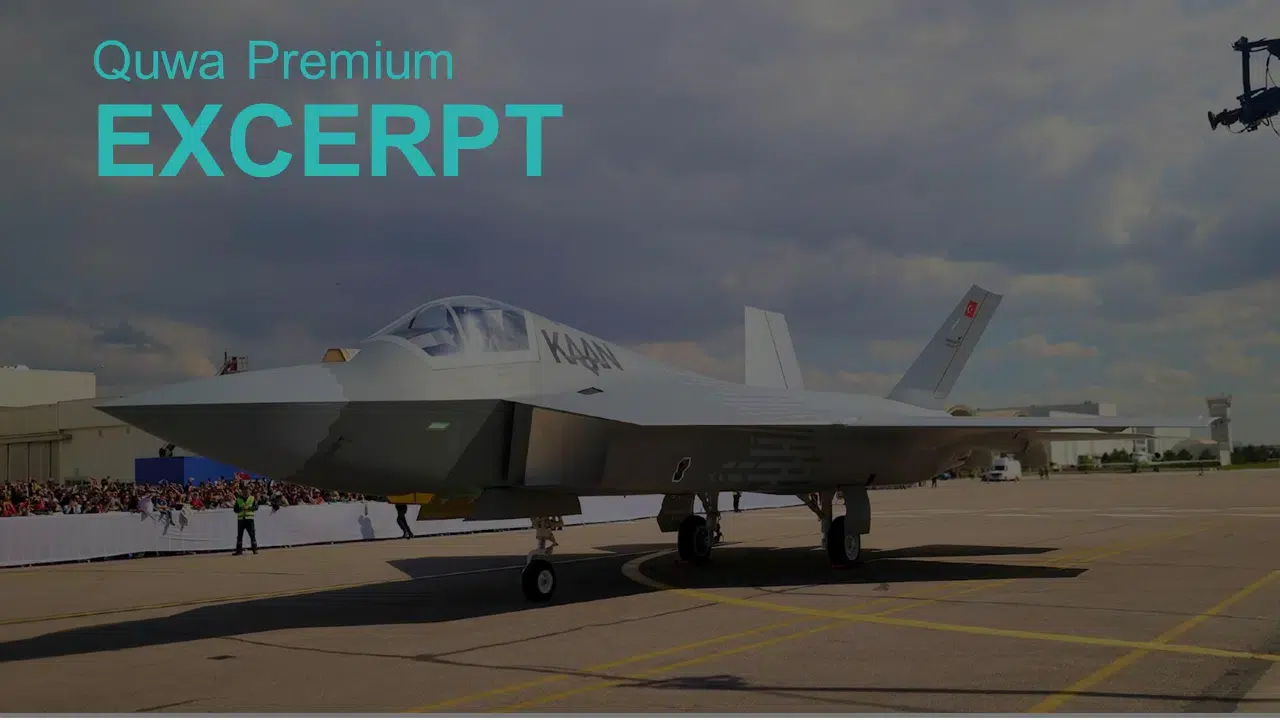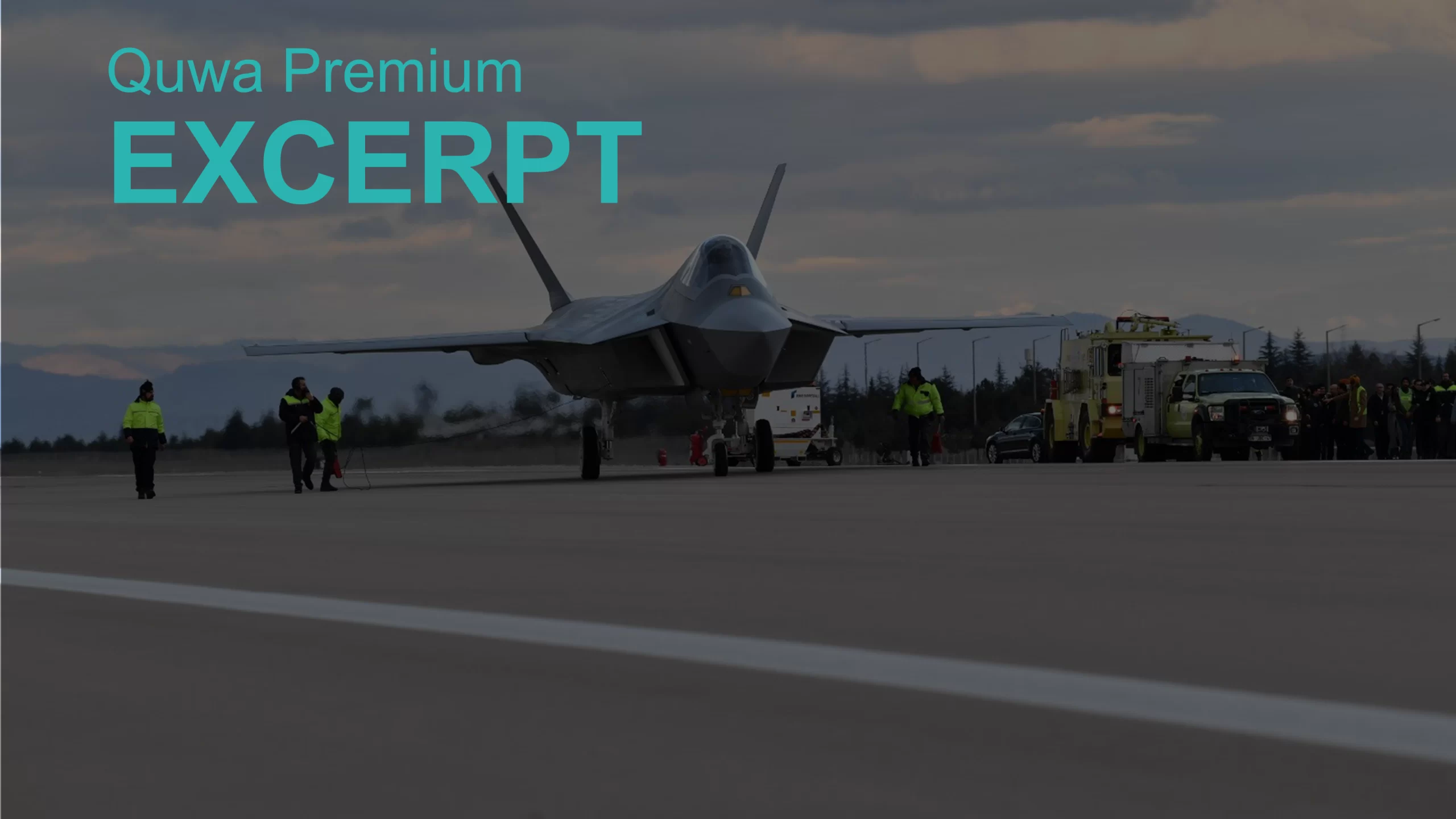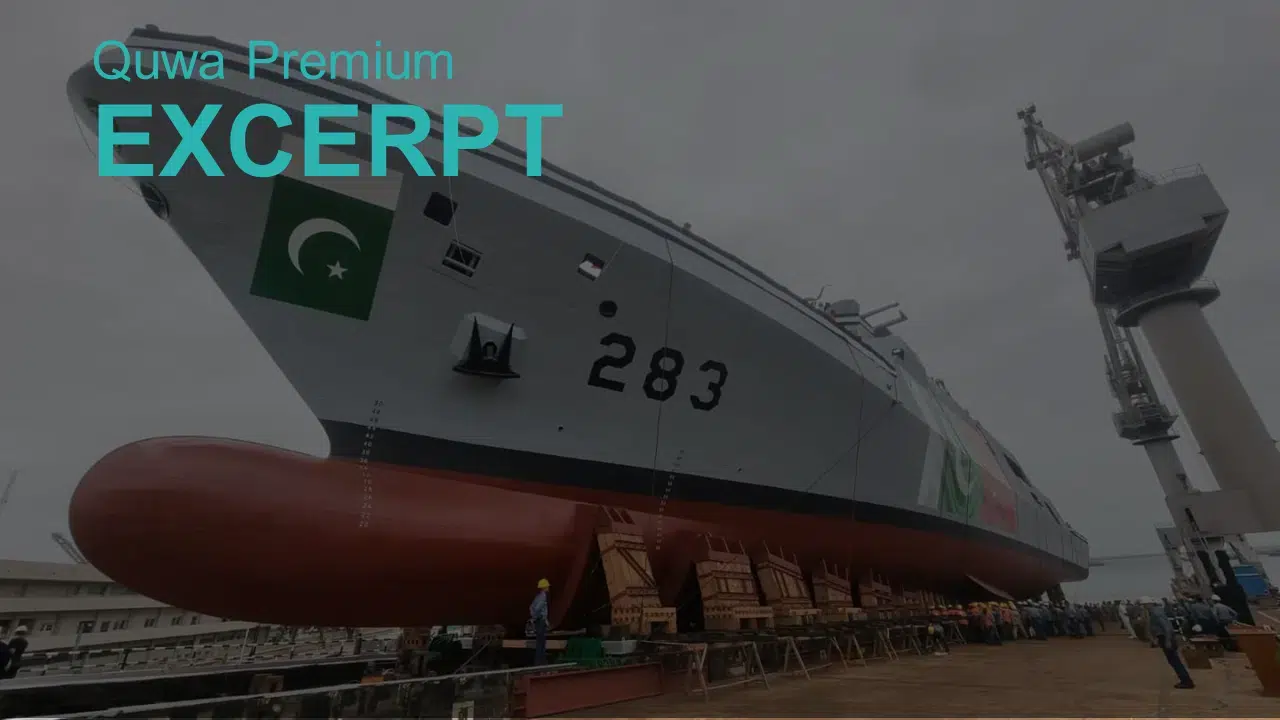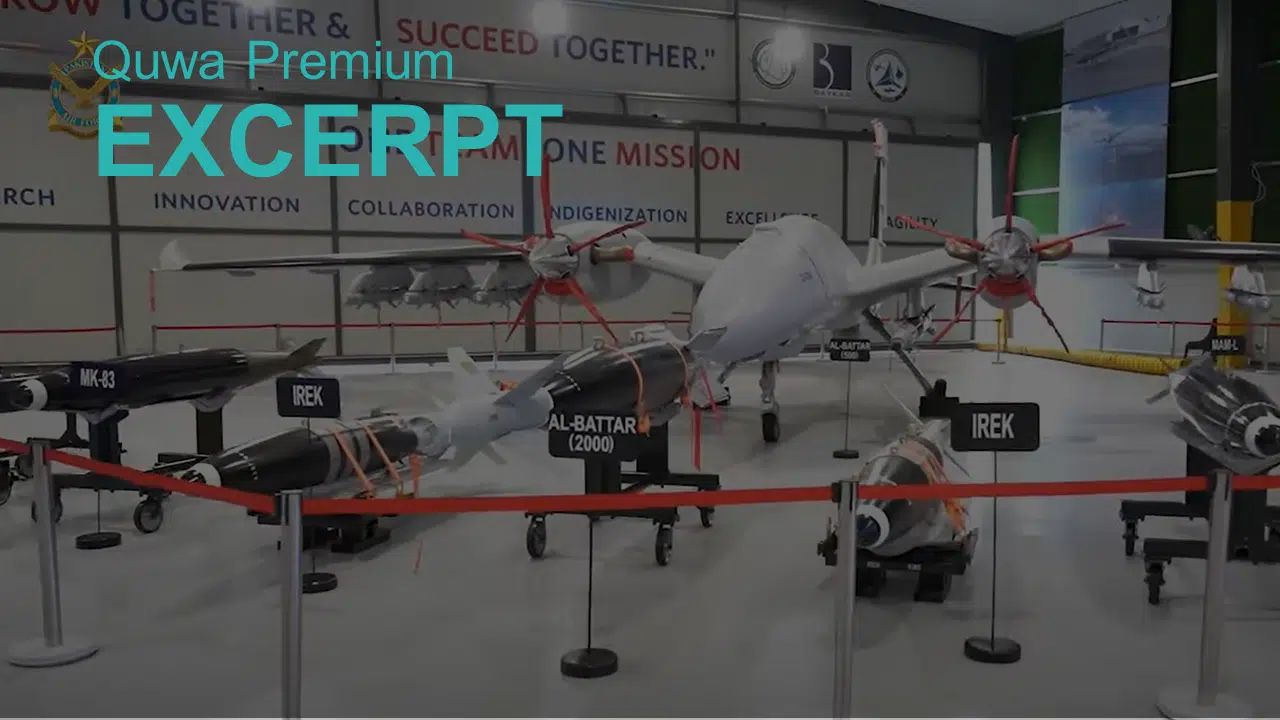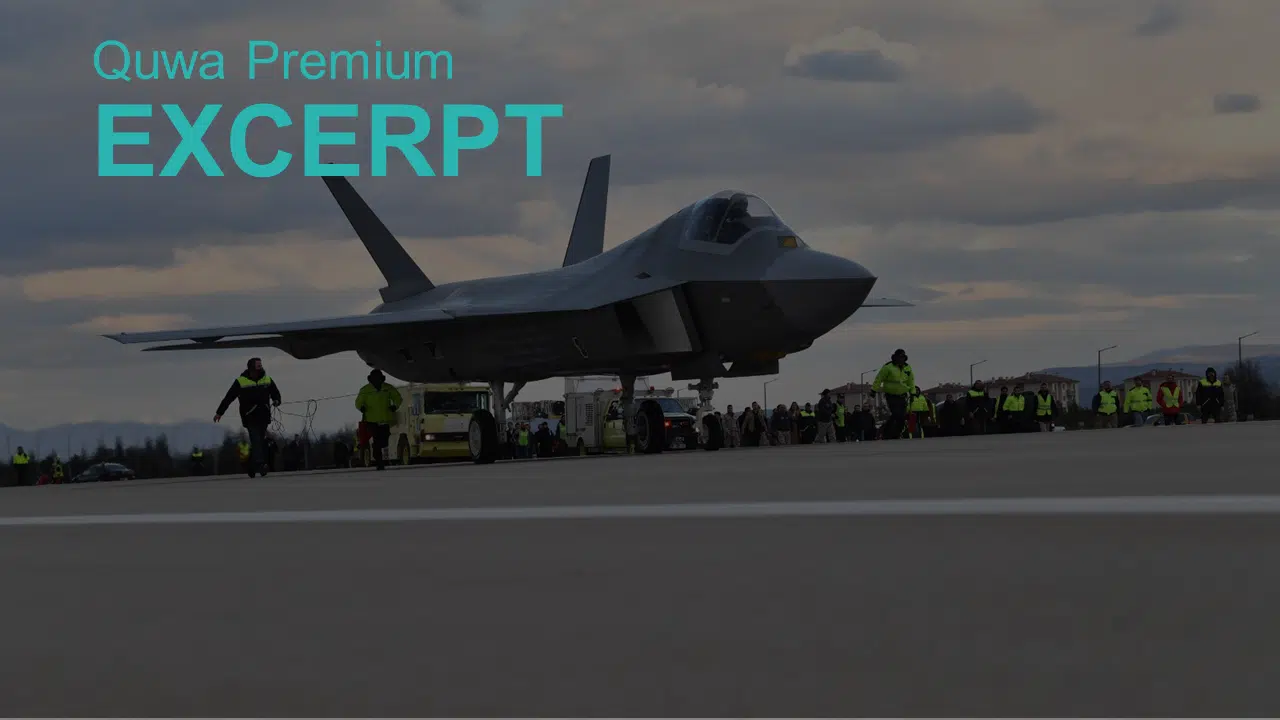Admiral Ashraf will inherit an expansive modernization effort across the PN’s surface, sub-surface, and aviation domains, one that is arguably unprecedented in scope and complexity in the PN’s history.
Admiral Ashraf will inherit an expansive modernization effort across the PN’s surface, sub-surface, and aviation domains, one that is arguably unprecedented in scope and complexity in the PN’s history.
India mulls second indigenous aircraft carrier. Pakistan’s GIDS reveals indigenous turbojet engine for cruise missile and drone applications.
Key Pakistan Navy (PN) surface combatant programs have started materializing, namely its Babur-class (MILGEM) corvette and Yarmouk-class Batch-II offshore patrol vessel (OPV) programs.
On September 23, the PN commissioned its first of four Babur-class multi-mission corvettes, PNS Babur, at Istanbul Shipyard. The corvettes…
In August, Turkey’s Deputy Defense Minister, Celal Sami Tüfekçi, said that Turkish officials will visit Pakistan to discuss the latter’s potential entry into Turkey’s next-generation fighter aircraft (NGFA) program, the TF-X KAAN. Moreover, Tüfekçi revealed that nearly 200 Pakistani engineers were already…
What does Turkey have to gain from letting Pakistan join the KAAN? Would Pakistan be an asset – or a liability?
Several months after greenlighting the transfer of third-party F-16s and training from Europe, the U.S. will now directly provide F-16 flight training to Ukrainian pilots.
Karachi Shipyard & Engineering Works (KSEW) launched the Pakistan Navy’s fourth Babur-class MILGEM corvette, the PNS Tariq (283).
The Pakistan Air Force (PAF) is integrating numerous stand-off range weapons (SOW) to its newly inducted Bayraktar Akıncı drone.
Türkiye will start negotiations with Pakistani officials in August about Pakistan potentially joining the KAAN next-generation fighter project.

